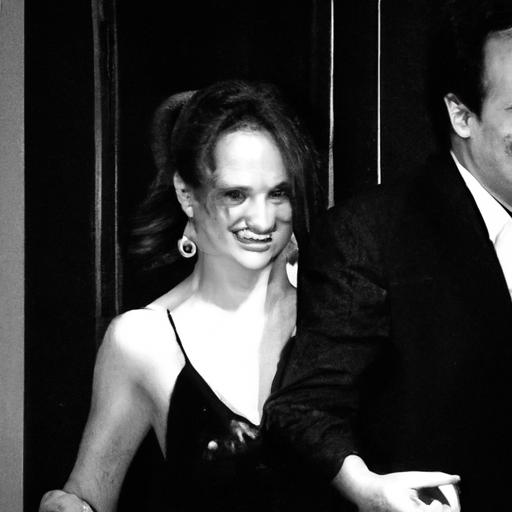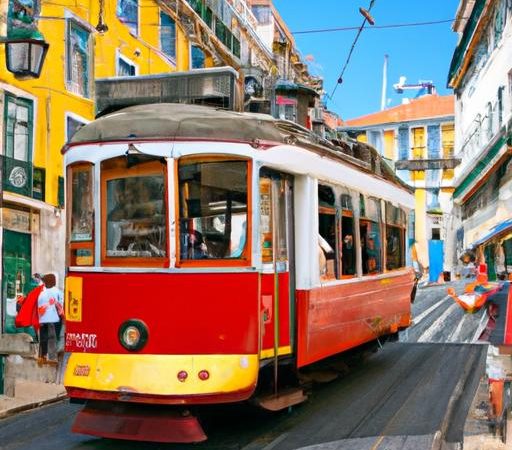The Passion of Tango in Argentina: A Cultural Journey in Buenos Aires


Tango, the sultry and passionate dance that has captured the hearts of people all over the world, has deep roots in Argentina. In the bustling streets of Buenos Aires, the capital city of Argentina, the spirit of tango is alive and well, inviting visitors to immerse themselves in this cultural journey like no other.
Introduction to Tango in Argentina
Tango originated in the working-class neighborhoods of Buenos Aires in the late 19th century, blending European and African influences to create a unique and captivating dance style. Today, tango is not just a dance but a way of life in Argentina, embodying the country’s rich cultural heritage and artistic expression.
The Passion of Tango in Buenos Aires
Buenos Aires is the beating heart of tango, with countless milongas (tango dance halls) and dance schools scattered throughout the city. The passion and intensity of tango can be felt in every corner of Buenos Aires, from the vibrant dance halls to the melancholic notes of the bandoneon drifting through the air.
Highlights of Tango in Buenos Aires
- Milongas: Experience the energy and emotion of tango at traditional milongas like La Viruta and Salon Canning, where locals and visitors come together to dance the night away.
- Tango Shows: Witness breathtaking tango performances at iconic venues like Café de los Angelitos and El Querandi, where skilled dancers showcase the beauty and grace of this dance form.
- Tango Festivals: Immerse yourself in the world of tango at festivals like the Buenos Aires Tango Festival and World Cup, where master dancers compete for top honors and showcase their incredible talent.
Benefits of Experiencing Tango in Argentina
- Cultural Immersion: Tango offers a unique glimpse into Argentine culture, allowing visitors to connect with the country’s history and traditions in a meaningful way.
- Physical and Mental Health: Dancing tango is not only a great form of exercise but also a fantastic way to relieve stress and boost mental well-being.
Practical Tips for Tango Enthusiasts
- Dress the Part: Wear comfortable shoes and clothing that allow you to move freely on the dance floor.
- Take Lessons: Even if you’re a beginner, don’t be afraid to take tango lessons to learn the basics and improve your skills.
Conclusion
In conclusion, the passion of tango in Argentina is a cultural journey like no other, offering visitors a unique opportunity to immerse themselves in the rich and vibrant world of this iconic dance. From the bustling streets of Buenos Aires to the traditional milongas and tango shows, Argentina is a tango lover’s paradise waiting to be explored. So, pack your dancing shoes and get ready to experience the magic of tango in the land where it all began.
If you’re looking for an unforgettable cultural experience that will leave you breathless, look no further than the passion of tango in Argentina. Whether you’re a seasoned dancer or a complete beginner, the spirit of tango in Buenos Aires is sure to captivate you and leave you with memories that will last a lifetime. So, embrace the passion, feel the music, and let yourself be swept away by the magic of tango in Argentina.
The Passion of Tango in Argentina: A Cultural Journey in Buenos Aires
Argentina is known for many things, from its delicious asado (barbecue) to its rich history and vibrant culture. But one thing that truly stands out is its love for tango. This sultry and passionate dance originated in the street corners and brothels of Buenos Aires in the late 19th century and has since swept the world, becoming a symbol of Argentine identity. In this article, we will take a closer look at the history and cultural significance of tango in Argentina, as well as how you can experience this passionate dance for yourself in the capital city of Buenos Aires.
The History of Tango in Argentina
Tango is a dance that was born in the slums and port areas of Buenos Aires in the late 1800s. The word “tango” is believed to have originated from the Latin word “tangere” which means “to touch.” This sensual dance was initially considered inappropriate and was only accepted in the undesirable areas of the city. However, it soon gained popularity and spread to the middle and upper classes, becoming the craze of the early 20th century.
As the tango evolved, it became more refined and structured. It incorporated elements of African rhythms, European ballroom dances and the music of immigrants from various countries. With the introduction of the bandoneón, a type of concertina, tango music became the perfect accompaniment to the dance, giving it a distinct sound and rhythm.
By the 1930s, tango had become part of the Argentine identity and was celebrated as a cultural treasure. It was also embraced by the rest of the world, with European immigrants taking the dance back to their home countries. Today, tango is recognized as a UNESCO Intangible Cultural Heritage of Humanity, a testament to its enduring appeal and cultural significance.
Experiencing Tango in Buenos Aires
Buenos Aires is the birthplace of tango and the best place to experience this passionate dance for yourself. The city is dotted with tango clubs, known as “milongas,” where locals and tourists alike can gather to dance and enjoy the music. Some of the most famous milongas include La Cumparsita, Salon Canning, and La Viruta.
For a truly authentic experience, attending a tango show, or “tango de gala,” is a must. These shows feature professional dancers in elaborate costumes and are accompanied by live tango music. The most well-known tango show in Buenos Aires is the Esquina Carlos Gardel, which is named after the legendary tango singer. Other popular shows include Rojo Tango at the Faena Hotel and Piazzolla Tango at the historic Galería Güemes.
But perhaps the most unique and intimate way to experience tango in Buenos Aires is through a private lesson. There are many tango schools and teachers in the city offering classes to all levels, from beginners to advanced dancers. Not only will you learn the steps and technique, but you will also gain a deeper understanding of the history and cultural significance of tango in Argentina.
Benefits and Practical Tips
Apart from being a beautiful and sensual dance, tango also offers several benefits, both physical and mental. The physical benefits include improved posture, balance, and coordination, as well as increased muscle tone and flexibility. It is also a great form of exercise, helping to burn calories and improve cardiovascular health.
For those interested in trying tango, here are a few practical tips to keep in mind:
1. Wear comfortable shoes: Tango is a dance that requires a lot of movement, so it is essential to wear comfortable shoes, preferably with a leather or suede sole to allow for smooth gliding.
2. Attend a tango lesson: Even if you have no prior dancing experience, attending a tango lesson is a great way to get familiar with the dance and its steps. Plus, it’s a great way to meet new people and make friends with a common interest.
3. Practice makes perfect: Like any skill, tango takes practice and patience. Don’t get discouraged if you don’t get the steps right away. With time and practice, you will master the dance and truly experience its passion and beauty.
Case Studies and First Hand Experiences
Many visitors to Buenos Aires have shared their personal experiences with tango, emphasizing its power to connect people and cultures. One traveler, Maria, shared her impressions of attending a tango show: “I was captivated by the dancers’ grace and intensity, and the way the music seemed to tell a story. It was an emotional and unforgettable experience.”
Jane, who took private tango lessons in Buenos Aires, said: “It was a strange and beautiful thing to be able to connect with someone through the movement and music of tango, even with a language barrier. We were able to communicate through this universal language of dance, and it was truly magical.”
In Conclusion
Tango is a cultural journey in Buenos Aires that everyone should experience at least once in their lifetime. From its humble beginnings in the slums to its current status as a UNESCO Cultural Heritage, tango is a symbol of Argentine passion and identity. So, put on those dancing shoes and immerse yourself in the sensuality and allure of tango in the vibrant and enchanting city of Buenos Aires.


